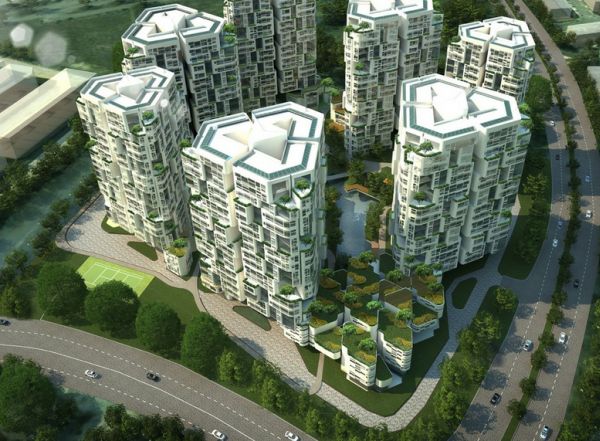With
my background in Architecture, I thought it fitting to post something related
to my field. Architects have a bad rap for being stuck up and abstract. My merging
academically with Building Construction is helping me to see the art of building
in a much more practical and sustainable way.
Passive
Design is a free and thoughtful way that we can design a building to the
strength of the environment that it is set in. Often times architects can
design objects that have no relation aesthetically to the context in which it
is constructed. The most important context for our future is the sustainable
context and we cannot afford building designs that do not address it. Passive
design is another great way to overcome the stigma that sustainability is burdensome
and costly.
Design
a building, not necessarily for aesthetics but durability and efficiency can
have a longer impact on the environment longer that the building. The less
energy and resources we use the better for our planet.
Here
are a few ways to think ahead:
- ·
building
location and orientation on the site – if you have an opportunity to choose a
site, location is important. Locating a building far from amenities and public
transportation access would be no good. Think about the people that are being
service and what should be conveniently located in the proximity. In most cases
though a site has already been chose for the architect to design on. The
optimal building orientation changes in reference to where the sun is(north or
south hemisphere). For example, in Florida we want to limit heat. Therefore
orienting the building on the east-west axis so that the east and west are
least exposed because they get the longest exposure. Maximize light on the
north and protect the southern exposed façade.

- ·
building
layout- place the rooms based on their program and need for light/warmth

- ·
window
design- In Florida windows on the north is good. Southern exposed windows
should had some kind of screening system. Most often there is less windows on
the southside
- ·
insulation
(including window insulation)- insulate well so that there is less transfer of
heat between the layers of the build. This reduces the need to use more HVAC to
adapt the indoor temp.
- ·
thermal
mass- This helps with heat regulation(absorption and dispersal)
- ·
shading
– protect exposed facades. Preventing the sun from hitting a surface is better
than cooling it down.
- ·
ventilation
– Orient the building to either capture or avoid wind depending on where you
are located.

All
of these decisions don’t costs a penny but in the long term help the building
reduce its impact on the environment. It does require some research and concern
about the site and maximizing it’s gifts.













